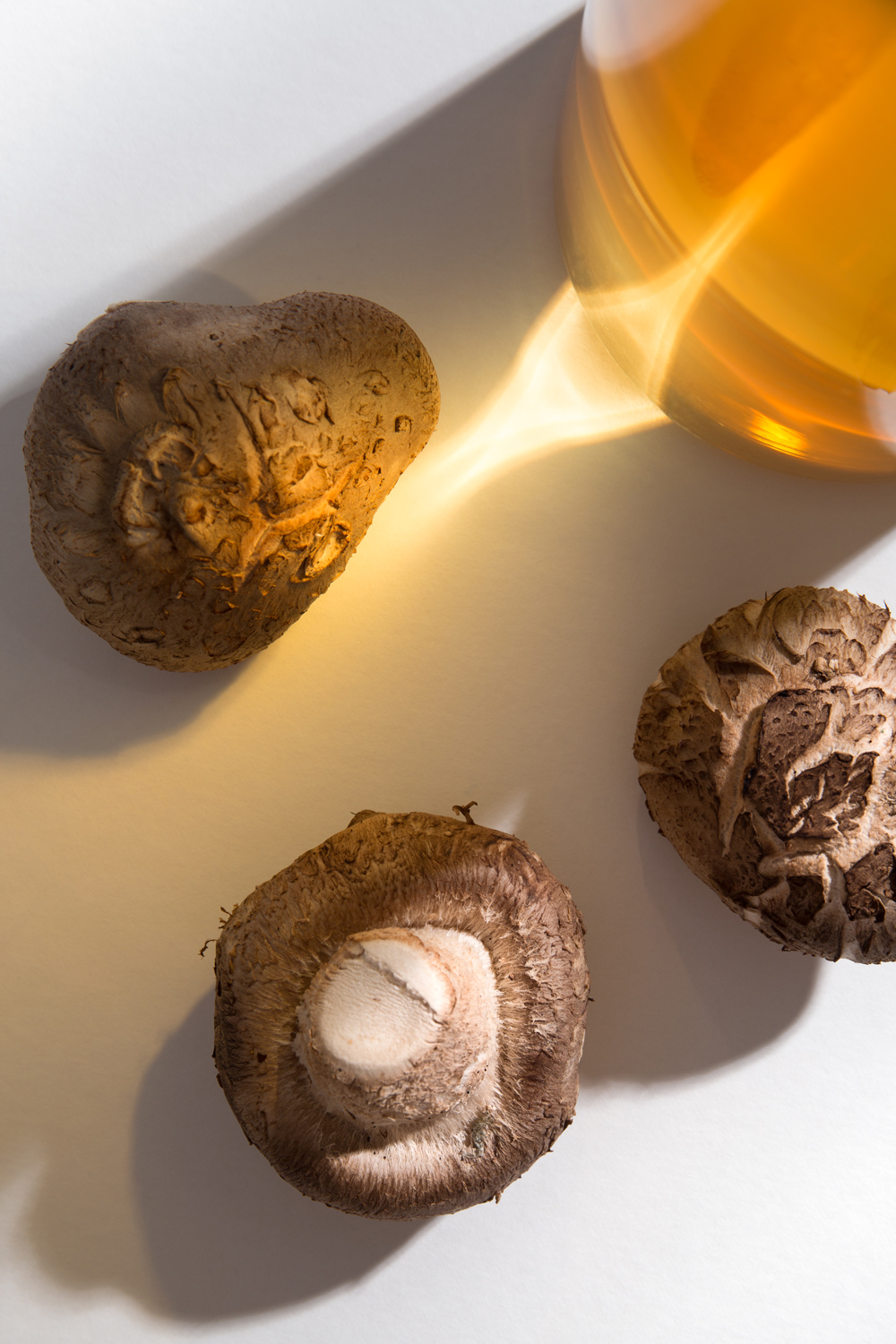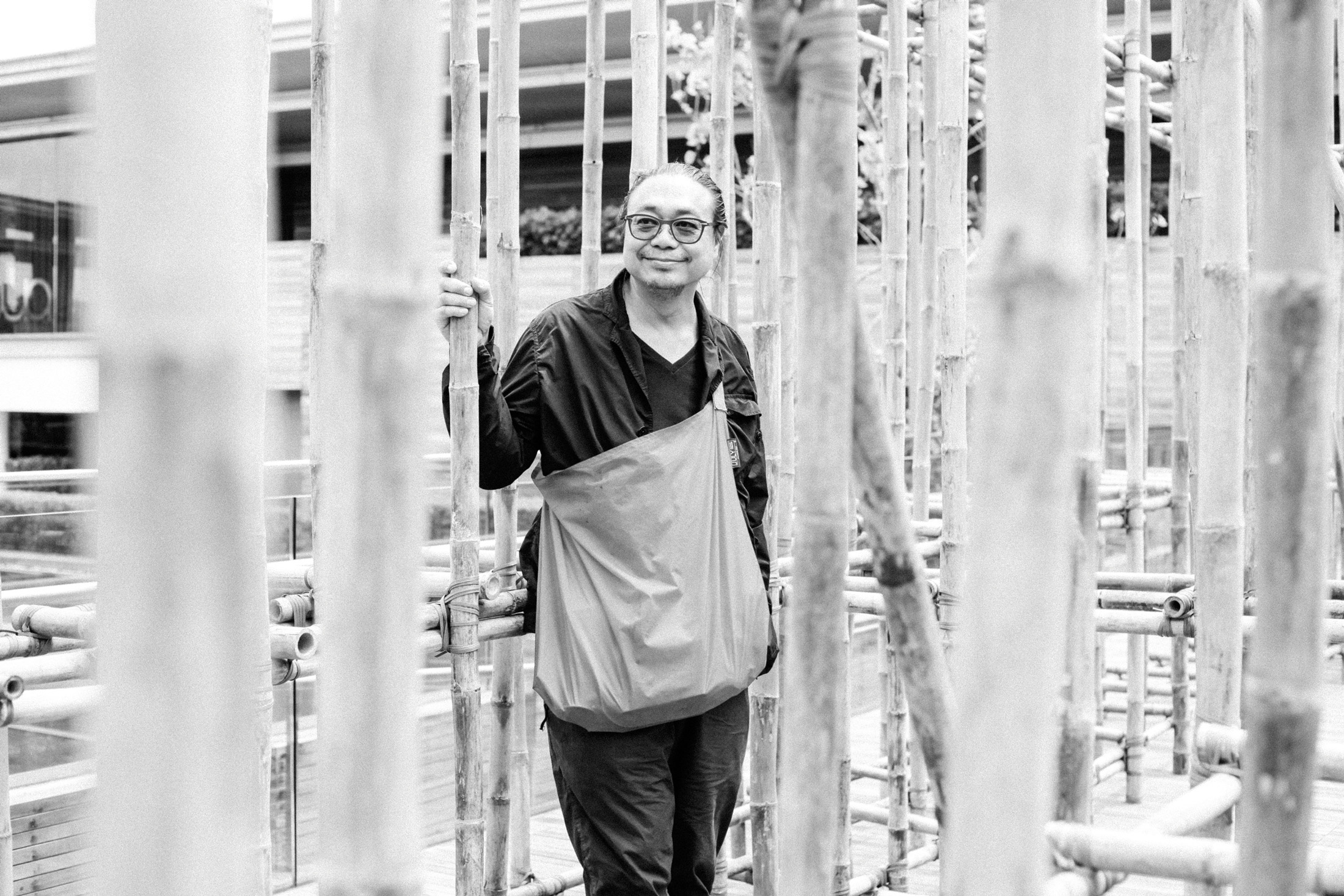Whether it is the dash of truffle, porcini and aged-parmesan in the risotto that I’m stirring, or the overly-cautious mix of kombu-shiitake-bonito-miso broth I’m serving up (an extra splash would not hurt)—even in the humble confines of a tiny apartment, the search for umami is perennial. And in the case of Sunday dinners for six, an imperative. It is not a quest simply left to the best of chefs, but a search for what is wholesome and delicious, a hunger barely starved off by breadsticks and wine. It is the intensity that hits the back of your throat and leaves you thirsting for more. It is simply delicious. I mean—aside from every single episode on Netflix’s Chef’s Table, Aristotle said so. The engineering of umami answers a question we have been asking from birth: why does it taste so good? In some sense, it is a quest forward to reclaim a raw enjoyment of flavour shaped since we were capable of identifying taste, twenty-nine weeks into existence. Some view it as a new word for an old, familiar set of taste sensations, while others wear it as a badge of pride, and a state of mind—the essence of deliciousness.
First identified by Japanese chemist Kikunae Ikeda at the turn of the twentieth century and dubbed the fifth taste, umami was simply a question of what made kombu dashi (seaweed kelp broth), a staple in Japanese broth taste so good. Ikeda zeroed in on glutamic amino acids that bound glutamate salts to particular taste receptors on our tongues. Through a confluence of the enlightened bourgeois housewife, and the globalisation of bunker seikatsu or “the cultured life”, MSG was quickly popularised as a credible substitute for dashi in many a Japanese household. Ikeda later patented the now ubiquitous MSG (mono sodium glutamate) and sold it globally, commodifying the umami experience. This transformed a single ingredient of pure taste that quintessentially typifies umami—kombu dashi—into a taste that we now identify with the Chinese Restaurant Syndrome, as you reach for water at the end of Chinese takeout or at the bottom of a bowl of instant ramen.
MSG (chemically umami) was subsequently shunned by anyone remotely concerned with healthy eating. Dubbed a lazy shortcut, the quest to engineer one’s own brand of umami has never been less celebrated. It is a taste that has inspired culinary legends such as Ivan Orkin, first inspired by a bowl of steaming white rice, a raw egg whipped in soy sauce, nori and bonito, declaring “it was the first time [he] had tasted umami.” Yet, the definition of umami is not one that is only limited to the Japanese mix. Differences are often rooted in the terrior of ingredients and the culturally infused tongues of critics. For French chefs like Escoffier, this might include his quintessential veal broth, the Italians—liquamen, the bone-warming joy of gravy made from good stock, meat juices, and caramelised vegetables. In the United States too, chefs David Chang and Adam Fleischman engineer their versions of New York and Californian umami with an emphasis on aged cheese or shellfish. Yet the thread that runs common in all their ingenuity is that it is fundamentally about one thing—taste, a testament that simplicity does not equal blandness. Despite the smear campaign of MSG in the American media towards the end of the 1960s which identified MSG as a source of hair loss and a host of health issues, MSG represents the everyday quest for umami. It is not simply the preserve of celebrity chefs or Michelin-grade restaurants, but accessible to all. This is of particular importance in an era where umami appears so intimidating, stylised by videography that makes food almost pornographic, complete with Gordon Ramsay’s vocals. Until we have taken the first steps to infusing it in every dish, it stands as an unlikely and perhaps unreasonable achievement.
In a bid to make umami for all, we have seen inroads made in encouraging vegetarian alternatives. This was one of the initial intentions in the use of MSG in Taiwanese, Chinese, and Japanese cooking. Through the identification of specific amino acids in beef and the development of vegetarian alternatives, Impossible Foods launched the Impossible Meat Patty, achieving the same savoury texture found in seared or aged meat. This was achieved through creating a soy-based protein called leghemoglobin. Having personally tried it, I can only say that it runs against the grain of every poorly made veggie predecessor. It further defies the heavy use of meats and sauces in burger culture, perhaps combining an Escoffierian notion of wholesomeness and balance in American umami. Much like Ikeda’s initial desire to engineer umami for the common man, this foray into engineering one’s personal brand of umami is a reminder that umami is contextual and crafted as you wish.
Umami is not only an ideal to be strived toward, but also an element that can be
actively sourced and identified in a whole host of foods: vegetarian, Japanese,
American or otherwise. It is aspirational. It is simple but not bland, subtly complex
but balanced. It is in our mom’s cooking. It is the Tamago Kake Gohan you’ve had
for breakfast. It is the truffle risotto, and sautéed scallops from date night dinners. It
is almost what you make it to be, but most importantly—it is achievable.





